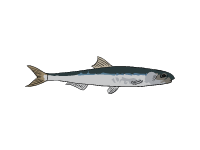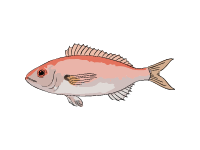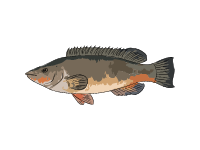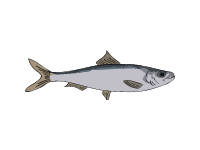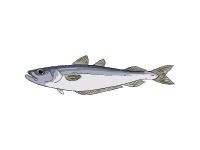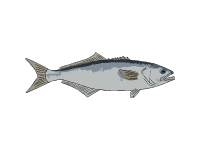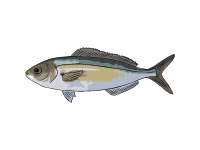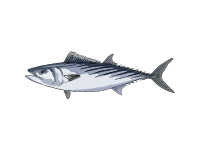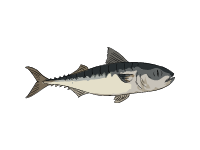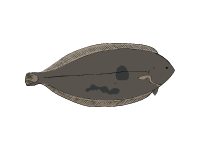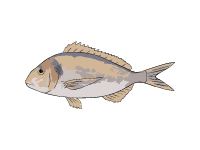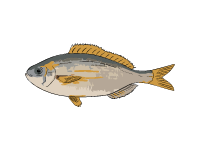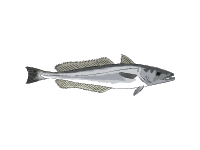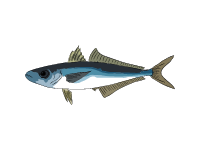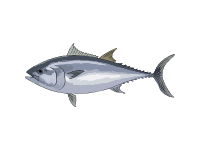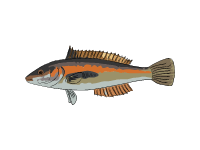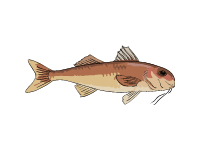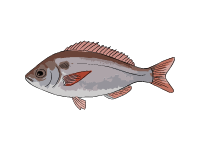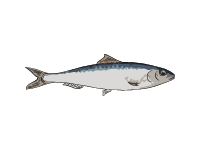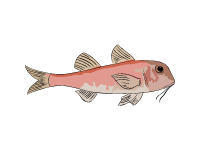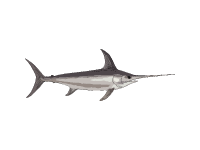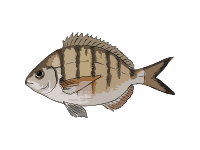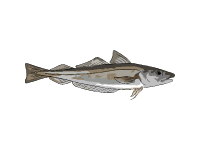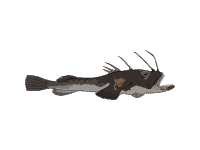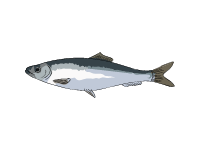The goldline darter (Percina aurolineata) is a small species of freshwater ray-finned fish, a darter from the subfamily Etheostomatinae, part of the family Percidae, which also contains the perches, ruffes and pikeperches. It is found in the United States, primarily in the Cahaba River in central Alabama and the Coosa River in Georgia and Alabama. It is a small fish seldom exceeding 3 in (7.6 cm) in length. It is typically found in areas with moderate to swift currents and a water depth of over 2 ft (60 cm), in the main channels of free-flowing rivers with a rock, cobble or boulder base and aquatic plants. It has been federally listed as a threatened species since April 22, 1992, and the International Union for Conservation of Nature has classified its conservation status as being 'vulnerable'. The goldline darter (Percina aurolineata) is a small species of freshwater ray-finned fish, a darter from the subfamily Etheostomatinae, part of the family Percidae, which also contains the perches, ruffes and pikeperches. It is found in the United States, primarily in the Cahaba River in central Alabama and the Coosa River in Georgia and Alabama. It is a small fish seldom exceeding 3 in (7.6 cm) in length. It is typically found in areas with moderate to swift currents and a water depth of over 2 ft (60 cm), in the main channels of free-flowing rivers with a rock, cobble or boulder base and aquatic plants. It has been federally listed as a threatened species since April 22, 1992, and the International Union for Conservation of Nature has classified its conservation status as being 'vulnerable'. This fish is endemic to the Cahaba River system in central Alabama and the Coosa River system in Georgia and Alabama. There are two disjunct populations of goldline darters in the Alabama River Basin in addition to the population in the Mobile Basin. One of these groups occurs in the middle Cahaba River system, while the other is found in the Coosawattee River system, which is a tributary of the Coosa River.
This species prefers to live in areas with moderate to swift current and a water depth of over 2 feet in the main channels of free-flowing rivers. These areas where it is most common have a bottom of bedrock, cobble, or small boulders and contain patches of water willow or other river weed. As in other Hadropterus subgenus members, the goldline darter spawns beginning in March and continues spawning through May or June.
